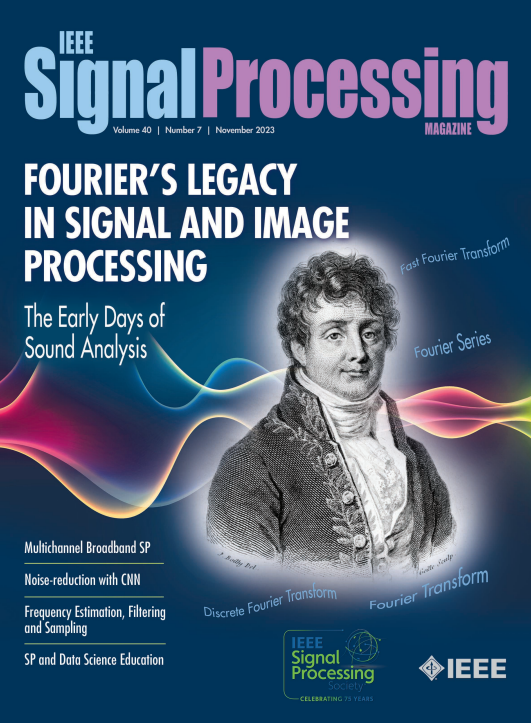Demystifying the Hypercomplex: Inductive biases in hypercomplex deep learning [Hypercomplex Signal and Image Processing]
IF 9.6
1区 工程技术
Q1 ENGINEERING, ELECTRICAL & ELECTRONIC
引用次数: 0
Abstract
Hypercomplex algebras have recently been gaining prominence in the field of deep learning owing to the advantages of their division algebras over real vector spaces and their superior results when dealing with multidimensional signals in real-world 3D and 4D paradigms. This article provides a foundational framework that serves as a road map for understanding why hypercomplex deep learning methods are so successful and how their potential can be exploited. Such a theoretical framework is described in terms of inductive bias, i.e., a collection of assumptions, properties, and constraints that are built into training algorithms to guide their learning process toward more efficient and accurate solutions. We show that it is possible to derive specific inductive biases in the hypercomplex domains, which extend complex numbers to encompass diverse numbers and data structures. These biases prove effective in managing the distinctive properties of these domains as well as the complex structures of multidimensional and multimodal signals. This novel perspective for hypercomplex deep learning promises to both demystify this class of methods and clarify their potential, under a unifying framework, and in this way, promotes hypercomplex models as viable alternatives to traditional real-valued deep learning for multidimensional signal processing.解密超复杂:超复杂深度学习中的归纳偏差 [超复杂信号与图像处理]
超复数代数最近在深度学习领域越来越受到重视,这是因为超复数代数的划分代数比实向量空间更有优势,而且在现实世界的三维和四维范式中处理多维信号时效果更佳。本文提供了一个基础框架,作为理解超复杂深度学习方法为何如此成功以及如何挖掘其潜力的路线图。这种理论框架用归纳偏差来描述,即训练算法中内置的一系列假设、属性和约束条件,以引导算法的学习过程更高效、更准确地解决问题。我们的研究表明,在超复数域中可以推导出特定的归纳偏差,这些域扩展了复数,涵盖了各种数字和数据结构。事实证明,这些偏差能有效管理这些域的独特属性以及多维和多模态信号的复杂结构。超复数深度学习的这一新视角有望在一个统一的框架下揭开这类方法的神秘面纱,并阐明其潜力,从而促进超复数模型成为多维信号处理中传统实值深度学习的可行替代方案。
本文章由计算机程序翻译,如有差异,请以英文原文为准。
求助全文
约1分钟内获得全文
求助全文
来源期刊

IEEE Signal Processing Magazine
工程技术-工程:电子与电气
CiteScore
27.20
自引率
0.70%
发文量
123
审稿时长
6-12 weeks
期刊介绍:
EEE Signal Processing Magazine is a publication that focuses on signal processing research and applications. It publishes tutorial-style articles, columns, and forums that cover a wide range of topics related to signal processing. The magazine aims to provide the research, educational, and professional communities with the latest technical developments, issues, and events in the field. It serves as the main communication platform for the society, addressing important matters that concern all members.
 求助内容:
求助内容: 应助结果提醒方式:
应助结果提醒方式:


